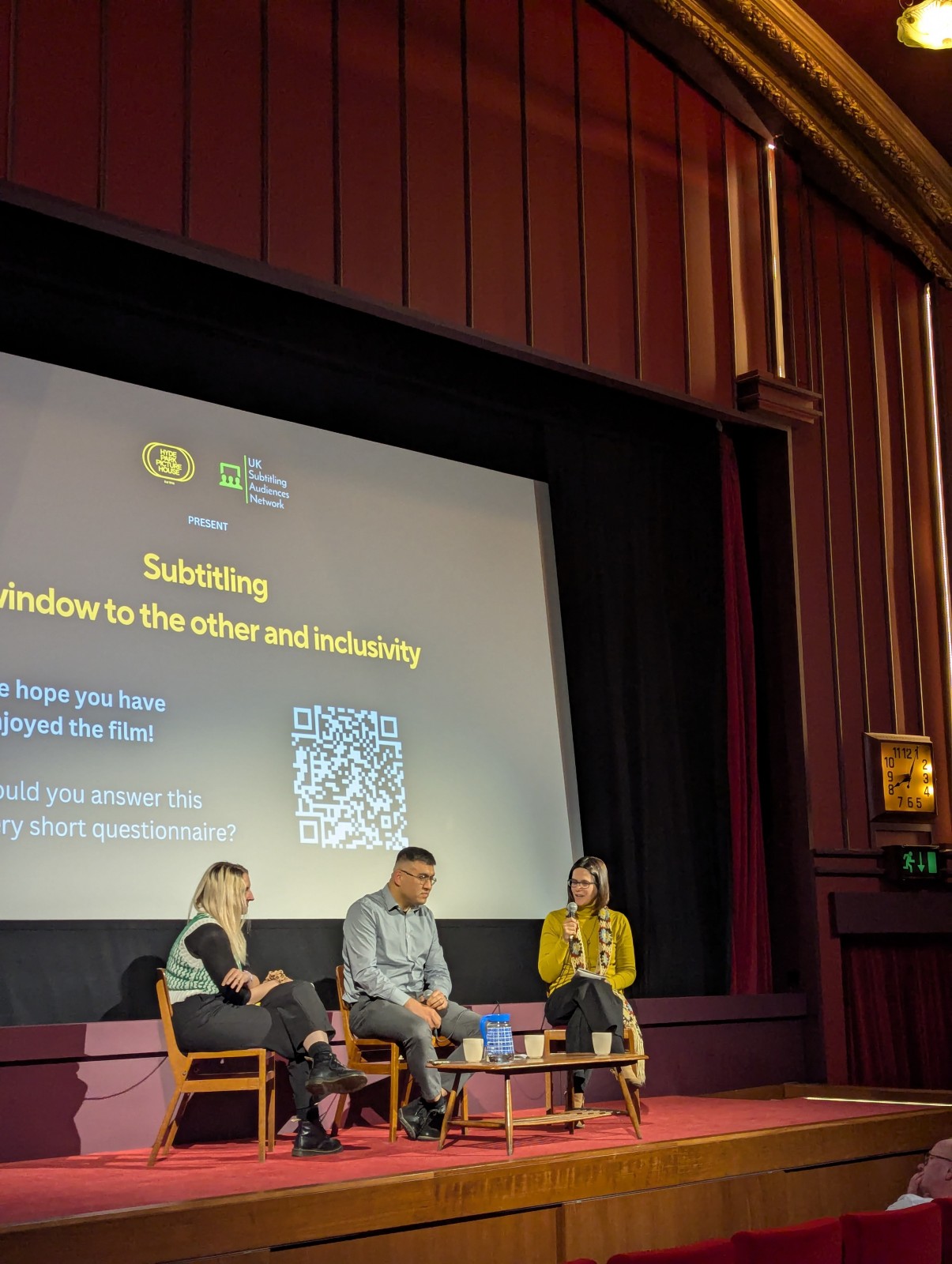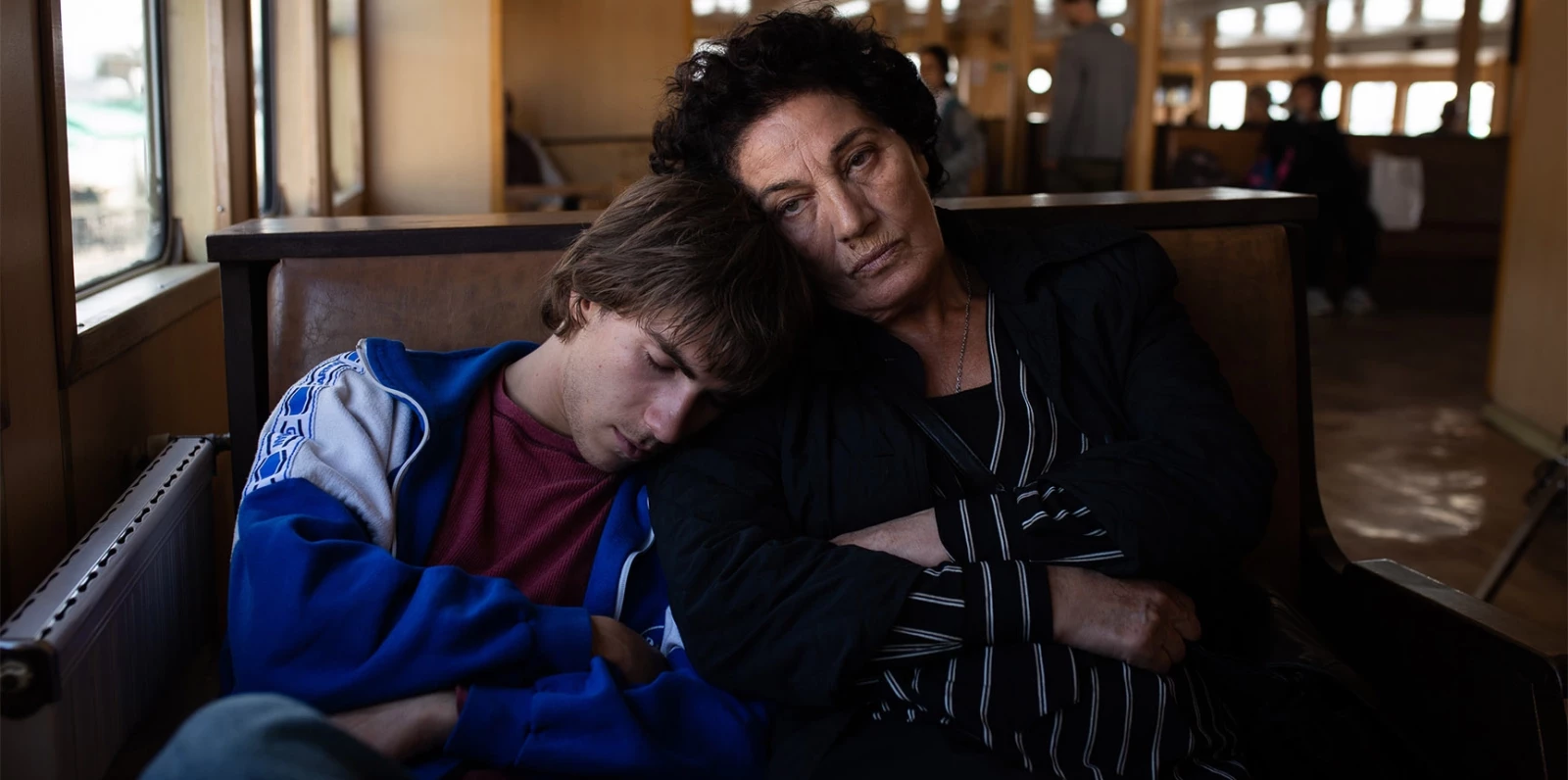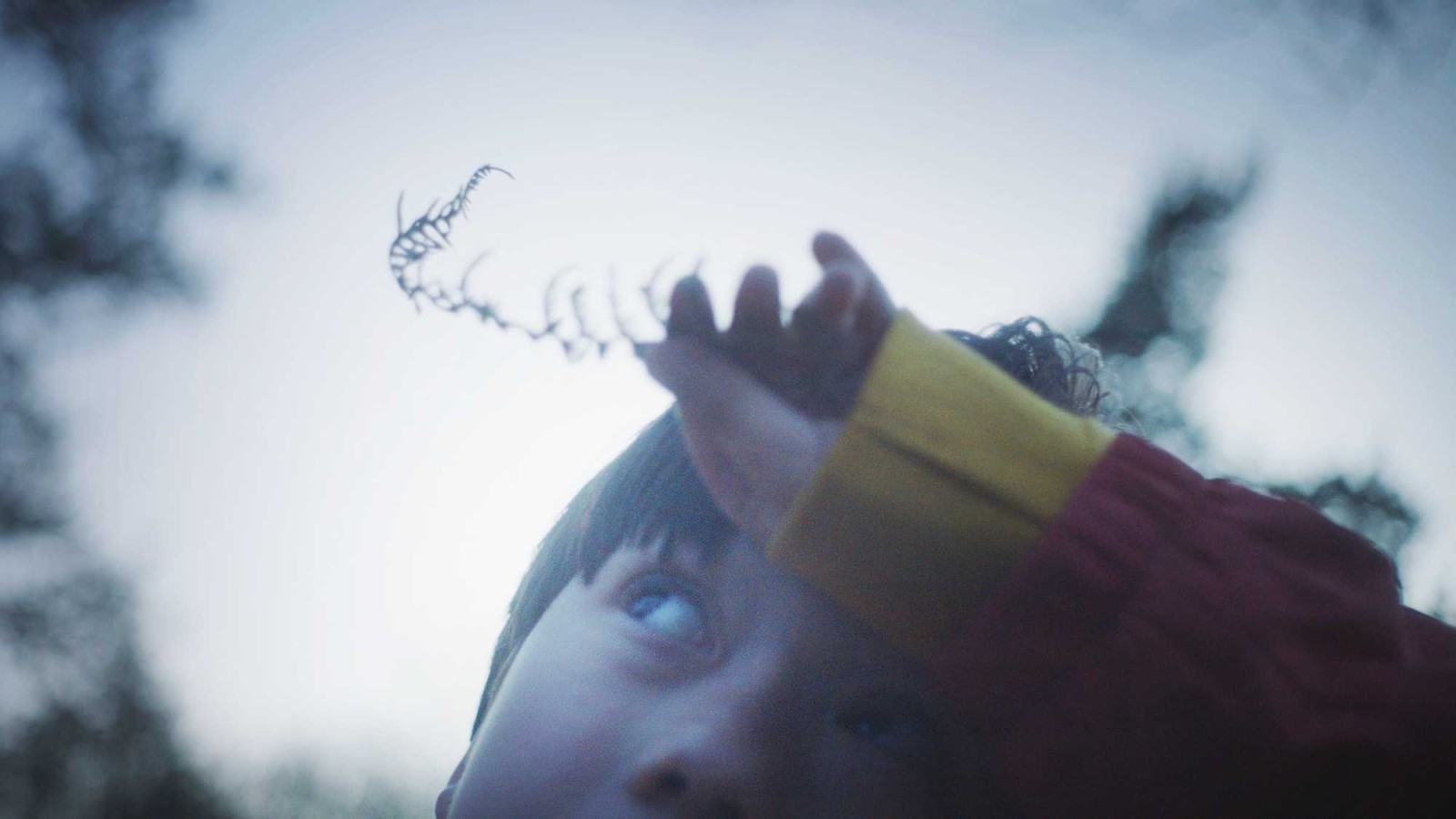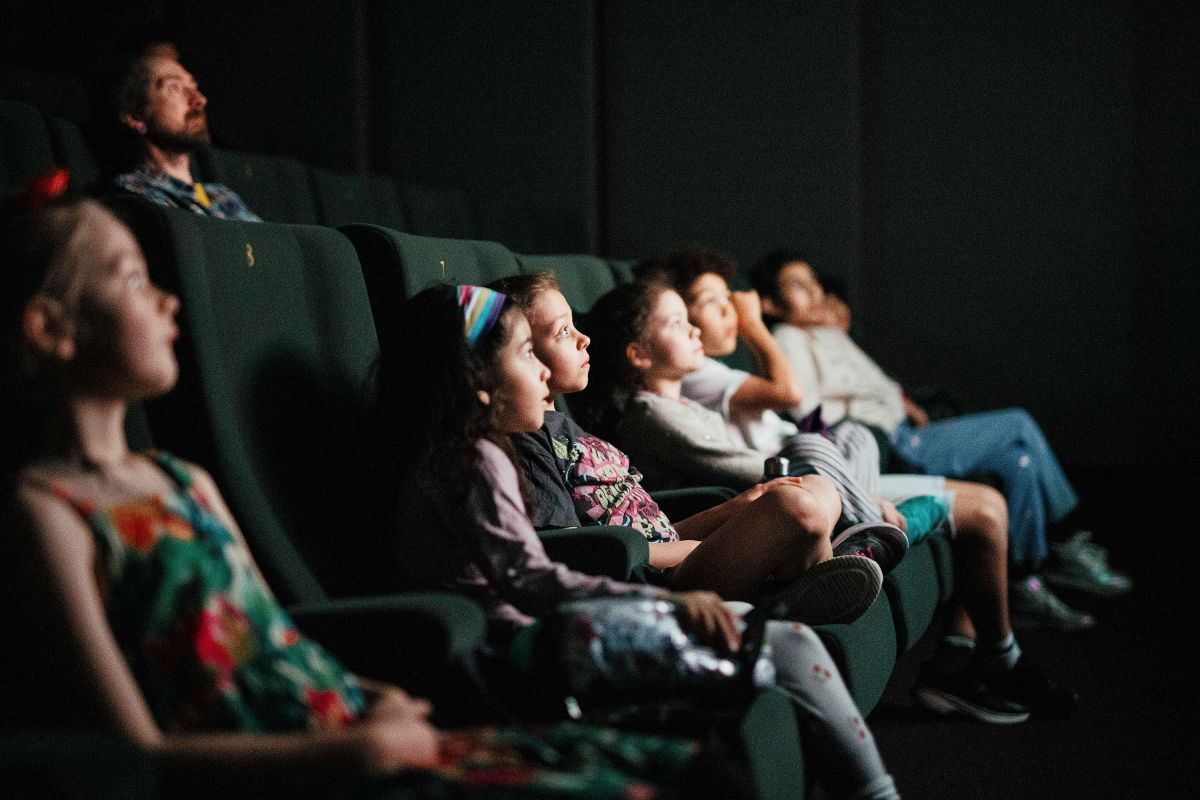-landscape.jpg)
Subtitling and the cinema
Join us for upcoming screenings of Crossing & The Reason I Jump, exploring the role of subtitles in cinema.
Wendy Cook
One of the best things that has happened to the Picture House in recent years is the way we've been invited by partners outside our immediate sphere to get involved in projects that feels bigger than ourselves. Sometimes that’s just a contribution to a conversation, sharing knowledge and our experiences. Sometimes it’s something more.
One such example of this started back in the midst of Covid, when I was introduced to Dr. Sara Ramos Pinto, an Associate Professor in Translation Studies at the University of Leeds. As part of a piece of research she was working on she was speaking to different professionals who engage in one way or the other with subtitles.
This included translators like herself, subtitling professionals, broadcasters and distributors, and of course filmmakers themselves – as well as people like me who are concerned with subtitles in the cinema environment and what they mean for audiences. This is a big topic and in my remit at HPPH, ‘subtitles’ encompasses closed captions for d/Deaf and hard of hearing audiences, alongside English language subtitles for foreign language films. Alongside this are all the different streams of thinking about what those words on screen can mean for different people. For some they are an essential tool for access but for others, they can feel like somewhat of a barrier or distraction that can make the film watching experience untenable.
It’s a hard tension to navigate and one which cinema programmers and others screening films in a shared space have been juggling for years (often unsuccessfully, or so it feels). At the same time technology and audiences have moved along, and the relationship between subtitles and media watched at the home – and on personal devices – is a whole other world.
This gives you a flavour of the subjects that have came up in my conversations with Dr. Pinto – some of which I had given a lot of thought to, and others which I had not. One of the biggest things to change in my mind following this dialogue was the idea that not all subtitles are created equal. Colour and contrast, font size and type, placement on screen, speed of transition and fundamentally the translation choices made all impact on the quality of the subtitles. And when those subtitles are an essential tool in unlocking a film’s meaning for an audience, the quality of the subtitles are more important than we can possibly understand.
Since that early conversation I’ve been lucky enough to be part of further opportunities as part of the UK Subtitling Audiences Network to continue to build my learning in this area. This involvement has included hosting a short season of films here at the Picture House featuring a range of titles which each use subtitling in interesting ways.

The first of the screenings launched at the start of March with a special screening of Kneecap followed by discussion with Audrey Rouch (professional subtitler) and Faruk Mardan (University of Leeds), chaired by Dr. Sara Ramos Pinto (University of Leeds). It was a special event and helped crystalise for me the value of the conversation which, whilst wide ranging, included a special focus on the challenges, opportunities and responsibilities around subtitling and minoritised languages. The subject of Kneecap especially encapsulates so well the importance and impact of preserving all elements of a language. This includes the very basic knowledge of the words (or a language) in the first place, then the access to a community amongst whom to share them, and finally the understanding of a historical context to allow appreciation of the meaning that so many of the words embody. During the discussion on the day, these themes flowed from the screen and into the space, and in doing so my appreciation of a film I already loved only grew.
The small season of films we're hosting, called Subtitling: A Window to the Other and Inclusivity, continues on Saturday 29th March with Crossing followed by The Reason I Jump on Tuesday 29th April.
Crossing, will be followed by a discussion with Bengisu Kepsutlu (Univ. of Leeds) and Carol O’Sullivan (Univ of Bristol). Where that conversation will go I don’t yet know. Crossing as a film contains a myriad of beautiful themes about identity, family and forgiveness. How language and interpretation interplays with those themes, making possible or impossible change and evolution between people or cultures is a weighty thought but perhaps an optimistic one as well.
If you’re interested in learning more about the UK Subtitling Audiences Network you can find out more on their website. And, if you’d like to contribute to their research to help better understand how audiences engage with subtitles there is a short survey which is open to anyone and everyone.


-landscape.jpg)

-landscape.jpg)